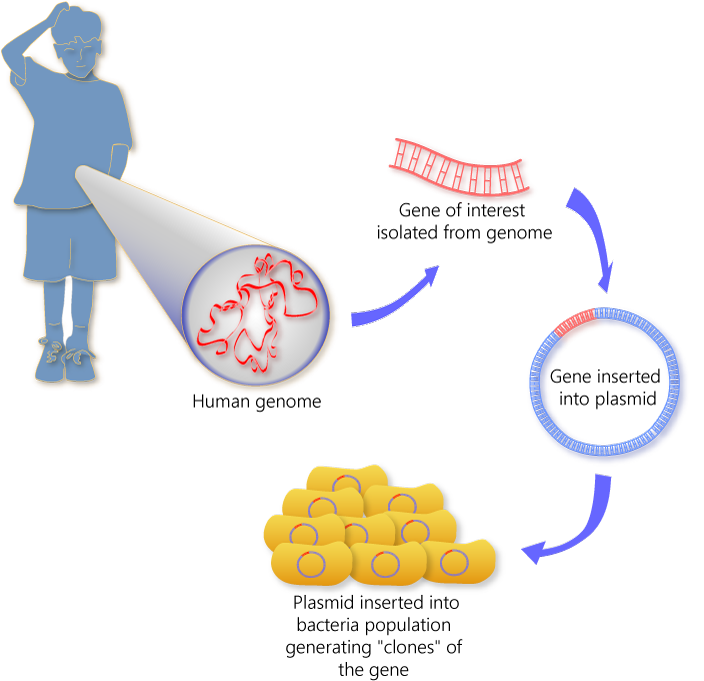Many people first heard of cloning when Dolly the Sheep showed up on the scene in 1997. Artificial cloning technologies have been around for much longer than Dolly, though.
There are two ways to make an exact genetic copy of an organism in a lab: artificial embryo twinning and somatic cell nuclear transfer.
1. Artificial Embryo Twinning
Artificial embryo twinning is a relatively low-tech way to make clones. As the name suggests, this technique mimics the natural process that creates identical twins.
In nature, twins form very early in development when the embryo splits in two. Twinning happens in the first days after egg and sperm join, while the embryo is made of just a small number of unspecialized cells. Each half of the embryo continues dividing on its own, ultimately developing into separate, complete individuals. Since they developed from the same fertilized egg, the resulting individuals are genetically identical.
Artificial embryo twinning uses the same approach, but it is carried out in a Petri dish instead of inside the mother. A very early embryo is separated into individual cells, which are allowed to divide and develop for a short time in the Petri dish. The embryos are then placed into a surrogate mother, where they finish developing. Again, since all the embryos came from the same fertilized egg, they are genetically identical.
2. Somatic Cell Nuclear Transfer
Somatic cell nuclear transfer (SCNT), also called nuclear transfer, uses a different approach than artificial embryo twinning, but it produces the same result: an exact genetic copy, or clone, of an individual. This was the method used to create Dolly the Sheep.
What does SCNT mean? Let's take it apart:
Somatic cell: A somatic cell is any cell in the body other than sperm and egg, the two types of reproductive cells. Reproductive cells are also called germ cells. In mammals, every somatic cell has two complete sets of chromosomes, whereas the germ cells have only one complete set.
Nuclear: The nucleus is a compartment that holds the cell's DNA. The DNA is divided into packages called chromosomes, and it contains all the information needed to form an organism. It's small differences in our DNA that make each of us unique.
Transfer: Moving an object from one place to another. To make Dolly, researchers isolated asomatic cell from an adult female sheep. Next they removed the nucleus and all of its DNA from an egg cell. Then theytransferred thenucleus from the somatic cell to the egg cell. After a couple of chemical tweaks, the egg cell, with its new nucleus, was behaving just like a freshly fertilized egg. It developed into an embryo, which was implanted into a surrogate mother and carried to term. (The transfer step is most often done using an electrical current to fuse the membranes of the egg and the somatic cell.)
The lamb, Dolly, was an exact genetic replica of the adult female sheep that donated the somatic cell. She was the first-ever mammal to be cloned from an adult somatic cell.

